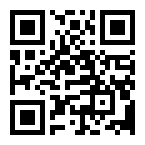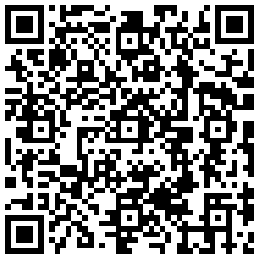
What types of CNC machines are there?
Computer numerical control (CNC) machines are designed to manufacture a wide variety of items. As such, there are several different types of commonly used CNC machines. These machines are not your average machines and require much effort and practice to be able to produce high-quality commercial products. All these machines use G-code which is the language that a CNC machine understands. Now all the different types of CNC machines cater to a specific purpose.
Let’s have a look at the different types of CNC machines:
1. CNC Milling Machine



A CNC mill is a machine that utilizes computer controls to cut various materials. Mills can translate specific programs of numbers and letters in order to move the spindle in various ways. A CNC mill can have a wide array of functions, such as face milling, shoulder milling, tapping, drilling, and turning. A CNC mill is very big as compared to other tools and is also very expensive. Some of the CNC milling machine manufacturers are: Okuma, HAAS, DMG Mori and TAKAM.
2. CNC Lathes Machine

A lathe is a CNC machine that functions to cut work pieces as they are rotated. CNC lathes can make precise cuts quickly by using various tools. These CNC machines are quite effective in the precision they offer compared to manual lathes. They come with similar controls to those of CNC mills and can read both G code and other proprietary programming languages. Some of the best CNC lathe machine manufacturers are Mori Seiki, Okuma and TAKAM.
3. CNC Routers

A CNC router is a machine that is very similar to the commonly used handheld router utilized for cutting various materials. A CNC router can aid in the cutting of steel, wood, aluminum, composites, plastic, and foam. A CNC router is similar to a CNC mill. It comes with the ability to use computer numerical control to route tool paths that enable the machine to function. CNC routers reduce waste and increase productivity, producing various items in a much shorter amount of time than using other machines. Most routers can operate on a particular material in all three dimensions because of which they are great for smaller projects and creation of prototype models and complex designs. You can also find 3 axis, 4 axis, 5 axis and 6 axis routers.
4. CNC Plasma Cutters

The process of plasma cutting involves the cutting of a material using a plasma torch. This method is most commonly used to cut heavy materials, such as steel and other forms of metal. Gas is blown at a very high speed from a nozzle. While this is being done, an electrical arc forms through the gas coming out of the nozzle to the surface that is being cut. This converts some of this gas into plasma and these plasma temperature ranges from 10,000 – 50,000 degrees. The plasma is hot enough to melt whatever material is being cut, and it blows away any molten metal from the site of the cut. In terms of shape and size, they are very similar to CNC routers. These machines only work on two-dimensional shapes.
5. CNC Electric Discharge Machines

Electric discharge machining, or EDM for short, involves creating a specific shape within a certain material by using electrical discharges, or sparks. The material is removed from a specific work piece by a series of recurring electrical discharges between two electrodes. These electrodes are separated by a dielectric fluid, which often receives an electric voltage. In this machine, the material is placed in placed between two electrodes and the machine then calculates to see the amount of electrical discharge each electrode needs to produce.
6. CNC Laser Cutting Machines

The CNC laser cutters are similar to CNC plasma machines, the only difference however is the fact that lasers are mostly used for cutting and are great when it comes to cutting meals, plastic or hardwood. Depending on the density and strength of the material, the intensity of the laser can be adjusted.
If you want to get more information about CNC Milling Machine and CNC Lathes Machine, you can find us via our website www.TAKAM.com. We are looking forward your connection.


 简体中文
简体中文







